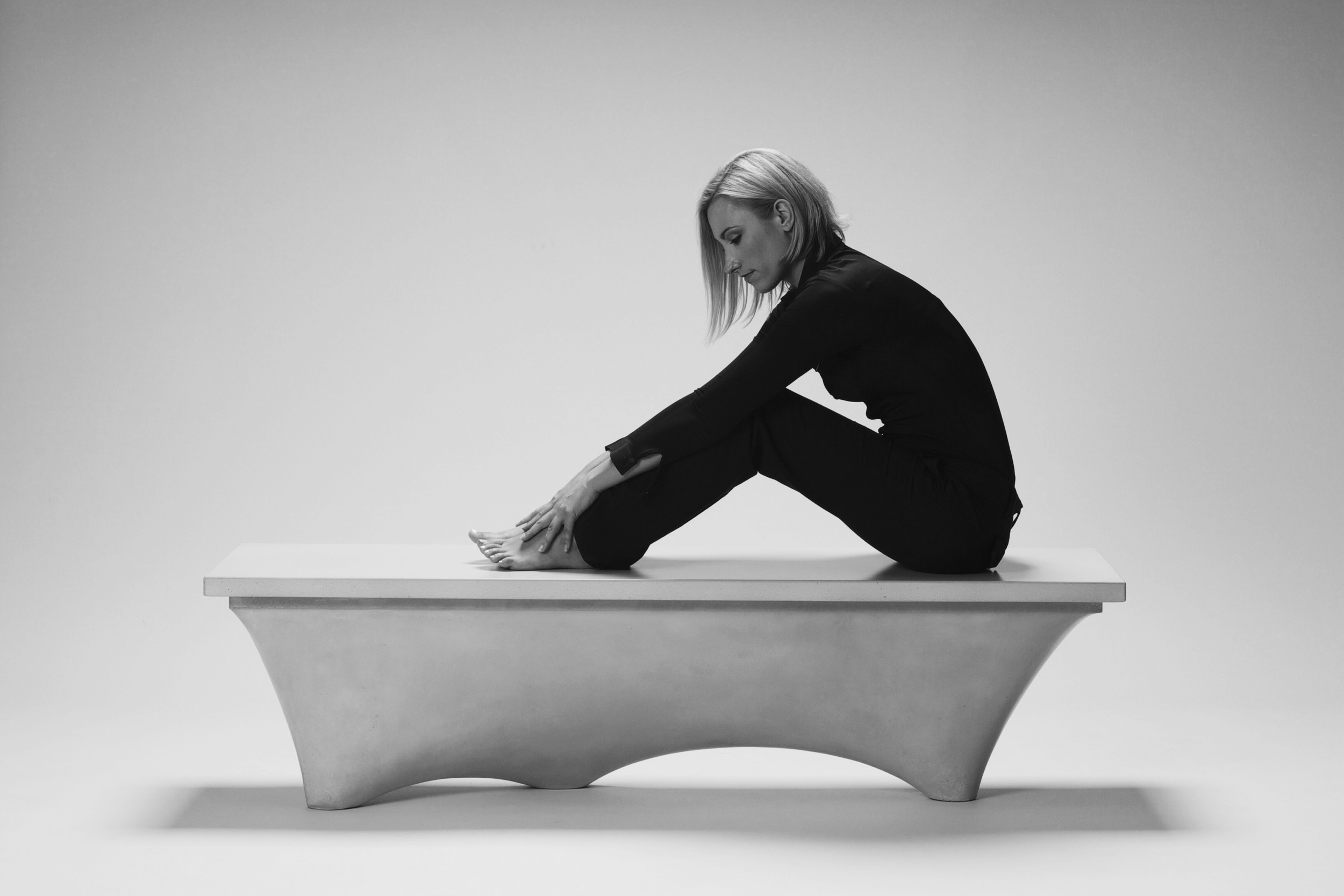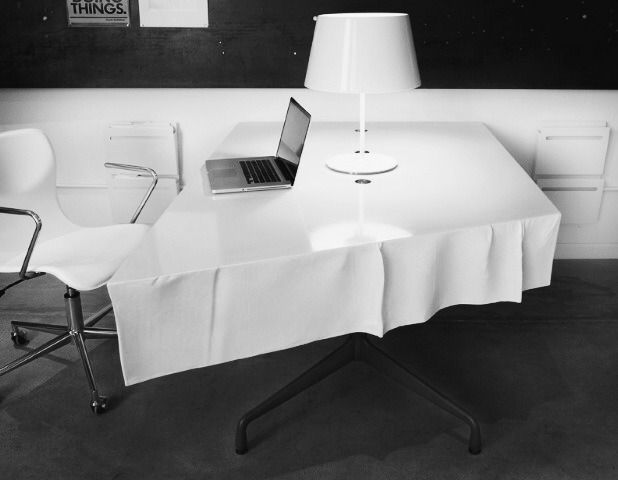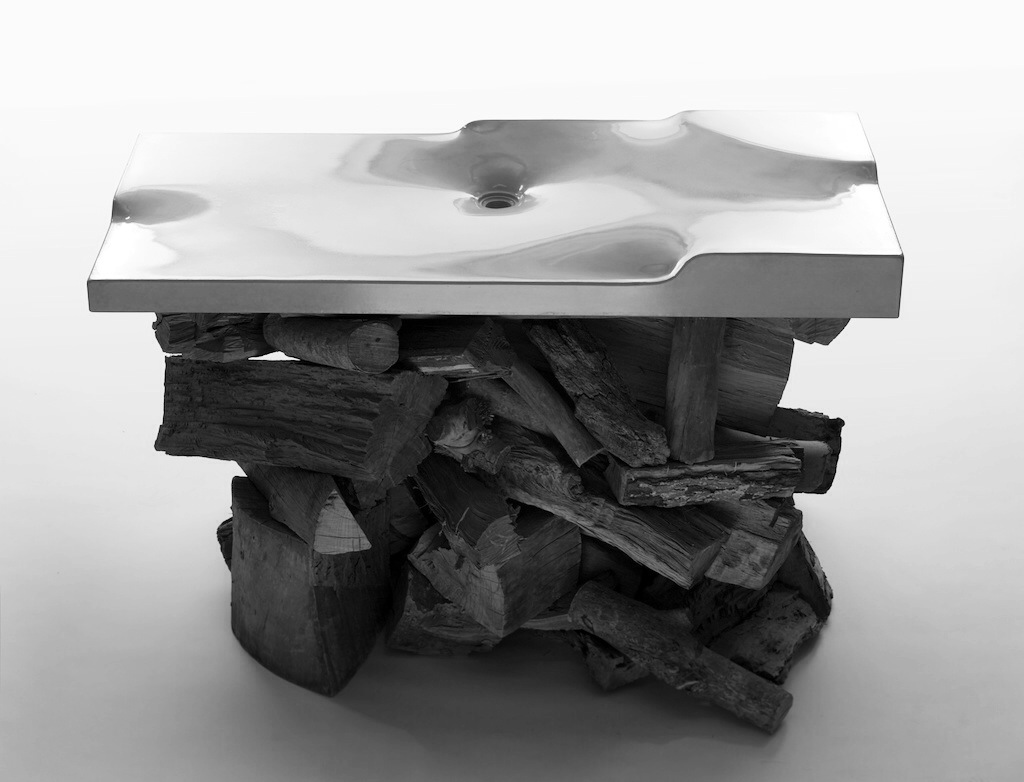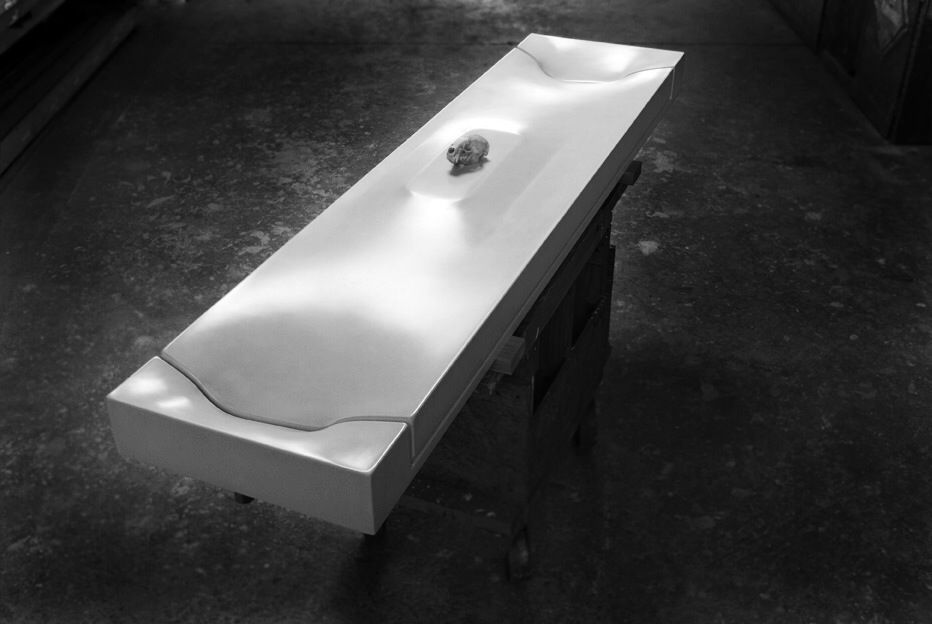GFRC / GLASS FIBER REINFORCED CONCRETE
GFRC, also known as GRC in Europe, is an acronym for Glass Fiber Reinforced Concrete. Per Wikipedia:
Glass fiber reinforced concrete consists of high strength glass fiber embedded in a cementitious matrix. In this form, both fibers and matrix retain their physical and chemical identities, while offering a synergism: a combination of properties that can not be achieved with either of the components acting alone. In general, fibers are the principal load-carrying members, while the surrounding matrix keeps them in the desired locations and orientation, acting as a load transfer medium between the fibers and protecting them from environmental damage. In fact, the fibers provide reinforcement for the matrix and other useful functions in fiber-reinforced composite materials. Glass fibers can be incorporated into a matrix either in continuous or discontinuous (chopped) lengths.
GFRC is the optimal mix for high-end architectural pre-cast for the following reasons:
- Weight/Thickness: By using GFRC we are able to cast concrete countertops and sinks as thin as 1" (we can cast concrete tile as thin as 0.25" - 0.5"). Using traditional concrete mixes and reinforcing, you would be required to cast at minimum 3" thick. Just based on this difference, a GFRC component can be as much as 66% lighter than if cast using a traditional OPC mix and steel reinforcement.
- Reinforcement: Traditional concrete required steel rebar and welded-wire fabric to be suspended in the appropriate orientation to provide correct reinforcement. This was time consuming, laborious, and a gamble at best. With GFRC the AR (alkali-resistant) Glass Fiber is mixed throughout the matrix, removing the time and guesswork of proper reinforcement.
- Finish: Perhaps one of the greatest benefits enjoyed by concrete artisans that employ GFRC is the superior surface finish out of the mold. GFRC done well is nearly flawless; GFRC done poorly is, well, porous.
We have been using GFRC to cast concrete countertops, sinks, and other architectural components since 2004. We have tens of thousands of hours of real-world experience utilizing GFRC in this application.
FABRIC-FORMED CONCRETE
Fabric formed concrete allows us to create shapes that would otherwise be impossible, too time intensive or cost prohibitive to construct any other way. Fabric forming inherently creates natural shapes - relatable shapes. They are human in nature so we see ourselves in them. Fabric-forming, when done with finesse and restraint, yields a functional and timeless result that is at home in all environments. However, it is easy to overdo fabric forming, especially when first getting started as is eloquently illustrated by the following quote:
“In the beginner’s mind there are many possibilities, but in the expert’s there are few.”
Our classes show you the correct way to create fabric formed concrete elements. We taught the first class on the subject in 2008 and have far more experience in this field than any other company. Learn from our mistakes, discover the nuance that separates great fabric-forming from mediocre, and acquire the skill to produce industry leading fabric-formed concrete forthwith.






